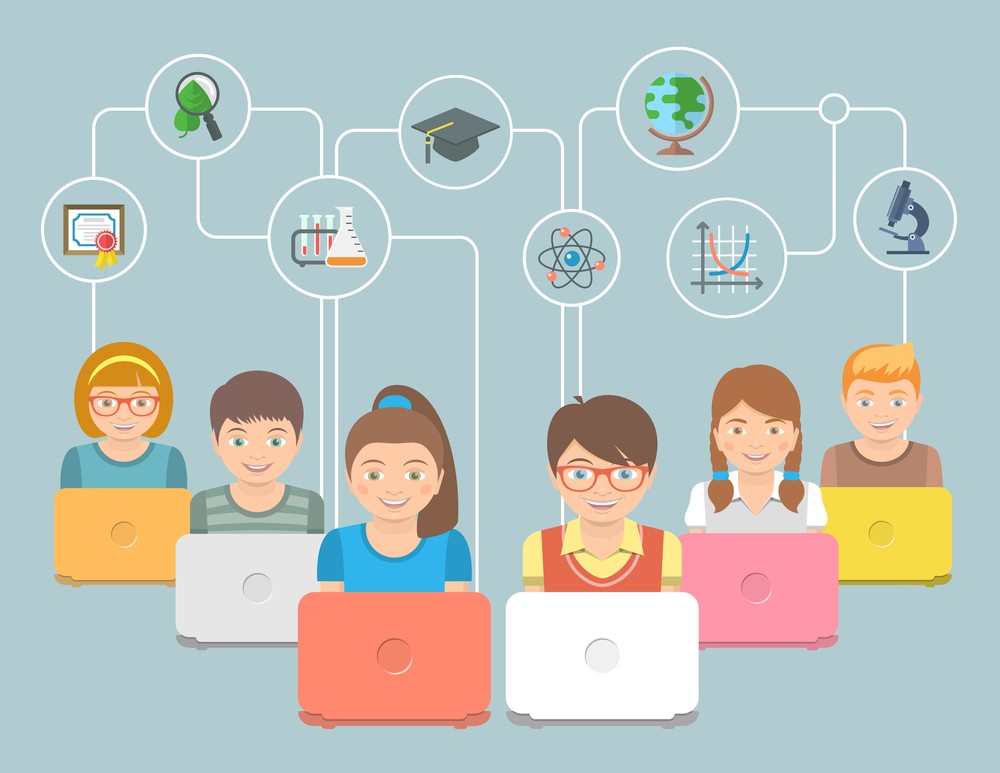Frameworks of Educational Technology
Educational technology frameworks are needed because they allow teachers to understand technology’s function in the classroom and implement it in ways that effectively engage students and prepare them for their futures. The TPACK model depicts the joining of pedagogical knowledge, content knowledge, and technological knowledge. When all three of these essential knowledge areas work together, students are prepared for success both in and beyond the classroom. Many teachers often underrate the importance of technology, sometimes integrating it superficially just for fun or out of necessity due to district or school policy. However, as the TPACK model illustrates, technological knowledge is a vital component to productive teaching. Just as teaching suffers if one lacks in content or pedagogical knowledge, teaching is also less effective when technology is not implemented meaningfully and seamlessly along with the other two knowledge areas. Before learning about the TPACK framework, I believed technology in the classroom was important, but I did not consider it as essential and as a knowledge area that was as significant as content and pedagogical knowledge. After learning about this framework, I am beginning to understand that technology should not be considered an additive to content and pedagogy, but rather all three knowledge groups must intersect and form a “meeting place.” This framework allows teachers to evaluate whether or not they are operating within this meeting place in order to best serve their students.
The
SAMR & TECH frameworks provide an excellent model from which a teacher can work
to create a classroom where students engage with technology meaningfully and
effectively. As I stated before, teachers often use technology superficially,
and this may be due to lack of training or fear. I have always been tentative to
incorporate technology into my teaching because I have never been very skilled
with technology. However, as I discussed previously, using technology in the
classroom is a necessity. Teachers have a vast array of technological resources
available to them, and technology should be carefully incorporated into students’
learning in order to promote the 21st century skills they need, such
as communication, critical thinking, collaboration, and creativity. SAMR and
TECH show the different levels at which technology can operate within the
classroom. With these levels in mind, teachers can consider how they are using
technology in the classroom and then brainstorm ways in which the technology
could be used to enhance student learning. In class, I found it really helpful
when we practiced with examples of technology being used at the substitution
level and then contemplated what could be done to use technology at the
modification and redefinition levels to promote higher levels of DOK and Bloom’s
taxonomy. I also think this framework makes using technology less intimidating
since most teachers are already using some form of technology at the substitution
level and can thus use this as a starting point. Additionally, these frameworks
demonstrate that technology will sometimes operate at a more basic level, just
as students will sometimes operate at lower levels of DOK and Bloom’s taxonomy.
Yet, as teachers consistently practice integrating technology in meaningful
ways, it becomes easier and can be done more frequently.

Comments
Post a Comment